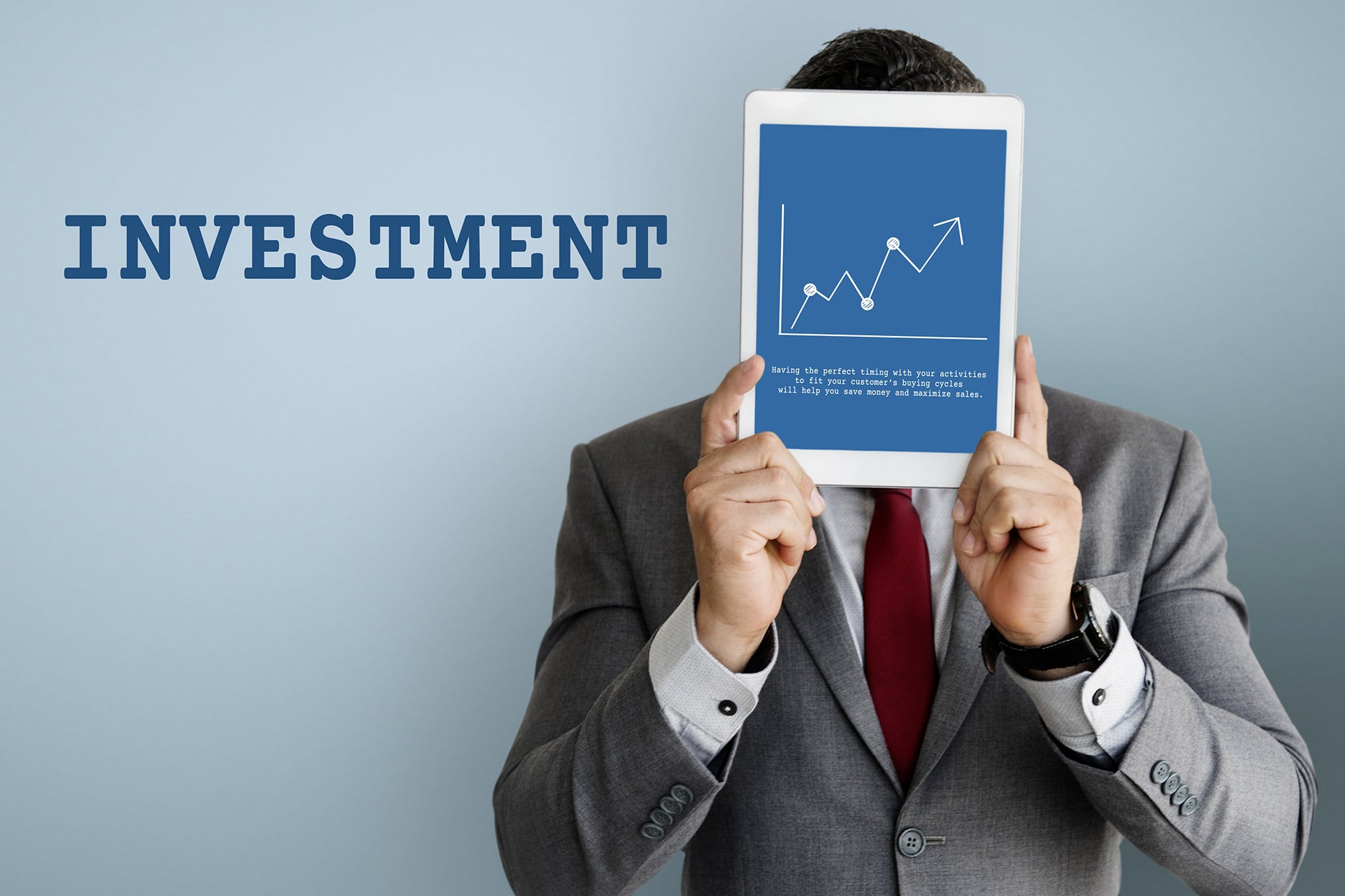In a constantly changing digital world, the year 2025 heralds a wave of innovation, creativity, and change in the realm of branding and business. Where design and strategy meet, logos are no longer mere visual signifiers—they’re narrative devices, and businesses are more concerned with personalization, sustainability, and technology-driven experiences than ever.
Employing the best logo design company guarantees your logo doesn‘t merely look great—it means something. It captures who you are, what you provide, and how you‘d like the world to see you.
1. Streamlined Minimalism, with Purpose
Minimalism remains the reigning champion of design, but for 2025, it’s not simply about reducing—about purposeful simplicity. Consider logos that convey fundamental values through fewer elements but greater meaning.
- Fast loading and easy recognition across platforms
- Better scalability and mobile-friendliness
- Reflects a clean, professional image
A professional logo agency takes time to research your industry, your competitors, and your market positioning to craft a logo that aligns with your long-term goals
2. Dynamic and Responsive Logos
Static logos are becoming a thing of the past. Responsive logos adapt based on screen size, platform, or even user behavior. Expect to see animated logos that come alive on digital interfaces and logo systems with flexible variations for different contexts.
- Pro tip: A flexible logo can express varied moods, services, or campaigns without sacrificing brand identity.
3. Retro-Futurism
Retro and contemporary technology. Imagine vintage typography, neon-colored accents, and pixelated graphics, but with a crisp digital sheen. Retro-futurism is all about nostalgia and newness combined, giving brands a feel of familiarity and freshness.
4. Eco-Inspired Visuals
With sustainability as a prime concern, nature-inspired elements, earthy hues, natural forms, and hand-drawn surfaces are being used to convey eco-friendliness.
- Best for: Wellness, farming, lifestyle, or environmental tech brands
5. Custom Typography and Wordmarks
Ditch the generic fonts—2025 brands are investing in custom typefaces. These one-of-a-kind, hand-crafted letterforms assist in building a distinct, ownable identity that carves out a niche in an oversaturated market.
- Example: Consider logos such as Google or Coca-Cola. The lettering is the brand.
2025 Business Trends
1. Hyper-Personalization
We have moved past “Dear [First Name].” Businesses in 2025 are applying AI and behavior data to customize everything from product suggestions and content to end-to-end customer experiences.
Why it matters:
- 80% of shoppers are more inclined to buy from a company that provides personalized experiences.
- Fintech, e-commerce, and SaaS platforms are driving the charge
2. Sustainability-Driven Strategies
Sustainability is not a buzzword – it’s the minimum standard. Brands are redoing their supply chains, packaging, energy usage, and online carbon footprints.
What that means for business:
- Transparency and responsible sourcing will fuel customer trust.
- Carbon offsets, paperless processes, and green hosting are now considered part of brand positioning.
3. Decentralization and Web3 Integration
Web3 technology such as blockchain and smart contracts are enabling new financial, ownership, and identity verification business models.
New use cases include:
- NFTs for loyalty rewards
- Token-based memberships
- Blockchain for secure transactions and data privacy
Heads-up: This trend is particularly popular in the fintech, gaming, and creative sectors.
4. Remote-First Business Culture
Remote work isn’t a phase—it’s evolving. Businesses in 2025 are scaling hybrid workplace arrangements, making a bet on virtual collaboration software, and making the leap to leader-as-executor, focusing on outcomes rather than hours.
Business value:
- Decreased operating expense
- Global access to a pool of talent
- Enhanced worker satisfaction and retention
5. AI-Driven Decision Making
Organizations are leveraging predictive analytics to enable wiser choices on market tendencies, customer patterns, and inventory control.
Real-world examples:
- Chatbots that learn through interactions with users
- AI-created design mockups and marketing content
- Demand forecasting for retailers
Where Logos Meet Business Strategy
In 2025, your logo is not only a visual identifier—it’s an ambassador for your brand. And it should represent your company’s mission, audience, and values. The most successful companies are linking their visual identity to bigger objectives.
For instance:
- A business that prioritizes sustainable practices may employ a logo with earthy colors and organic shapes to convey environmental stewardship.
- A tech-savvy brand may embrace clean, animated logos that reflect innovation and flexibility.
- A brand fueled by personalization can employ responsive logos that change depending on context or audience.
Why are animated and responsive logos becoming more popular in 2025?
Animated and responsive logos are becoming more popular because they increase user interaction and respond perfectly across different platforms and screen sizes. In a more digital world, dynamic logos keep brands consistent and looking great on websites, mobile apps, social media, and beyond. They show innovation and provide brands with a contemporary, tech-savvy look.
.
How are companies integrating sustainability into their brand strategy in 2025?
Sustainability is integrated into business strategy in 2025. Organizations are employing sustainable practices, such as green hosting, eco-friendly packaging, and responsible sourcing. This is also being translated through logo design through the use of earthy colors, organic shapes, and elements inspired by nature, enabling brands to connect their visual identity to environmentally friendly values and resonate with environmentally conscious consumers.
What is the part of AI in influencing business plans and customer experience in 2025?
AI plays an instrumental part in 2025 through hyper-personalization, predictive analytics, and automation. Firms leverage AI to personalize experiences, predict demand, optimize processes, and offer real-time customer service. This results in enhanced decision-making, improved efficiency, and deeper customer engagement, equipping firms with a competitive advantage in rapidly changing markets.






